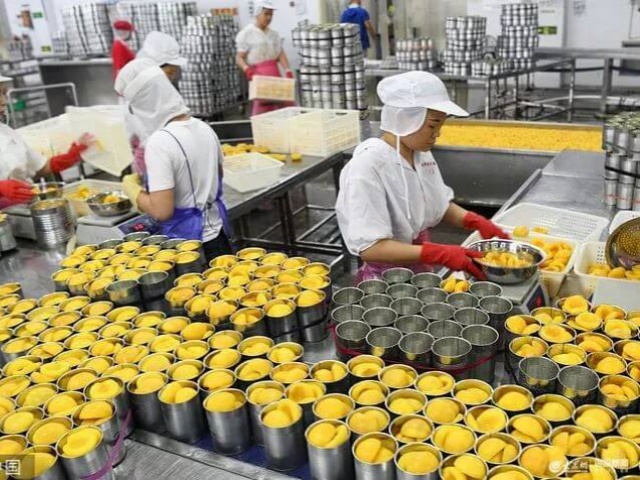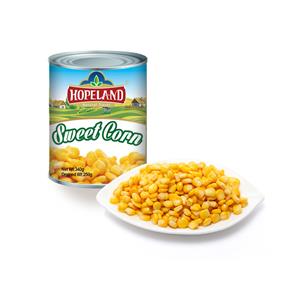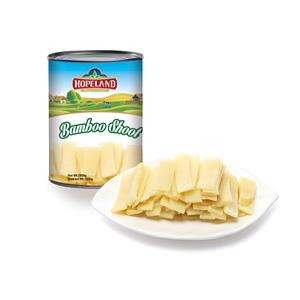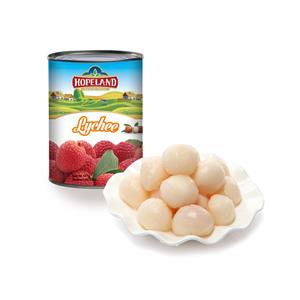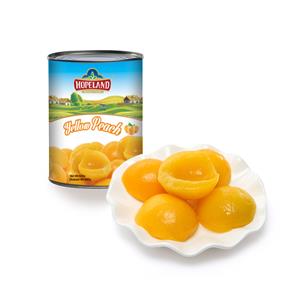How Are Canned Fruits Made?
Canned fruits have long been a staple in kitchens around the world. Whether you are preparing a quick dessert, adding a sweet note to a savory dish, or simply enjoying them straight from the can, these preserved fruits offer convenience, versatility, and extended shelf life. But have you ever wondered how canned fruits are made? The process involves careful selection, thorough preparation, precise cooking, and strict quality control to ensure that the fruits remain nutritious, flavorful, and safe for consumption. In this article, we will explore each step of the journey, from the orchard to the can, offering an in-depth look at the fascinating world of canned fruit production.
1. Fruit Selection and Harvesting
The quality of canned fruits starts with the raw material. Only high-quality fruits, free from disease and damage, are chosen for canning. Growers and processors work closely to ensure the right varieties are planted and harvested at peak ripeness. The timing of harvest is critical; fruits must be mature enough to have full flavor and nutritional value but firm enough to withstand processing.
For example, peaches, pineapples, pears, and lychees are popular choices for canning. These fruits are harvested manually or mechanically, depending on the type and location of the orchard. Once picked, they are quickly transported to processing facilities to maintain freshness and prevent spoilage.
2. Receiving and Inspection
Upon arrival at the processing plant, fruits undergo a thorough inspection. Quality control teams assess size, color, ripeness, and overall condition. Damaged or overripe fruits are discarded. Many plants use automated sorting machines with optical sensors to speed up the process, ensuring consistency. Fruits are weighed, and samples are tested for sugar content, acidity, and sometimes pesticide residue to meet food safety standards.
3. Cleaning and Washing
Cleanliness is essential in canning. Fruits are washed in large tanks or under high-pressure sprays to remove dirt, leaves, and any field debris. Depending on the fruit type, mild sanitizing solutions or ozone treatments may be used to kill microorganisms. This ensures that the final product is safe and hygienic. The washing stage may involve several cycles, including brushing or tumbling, to ensure every piece of fruit is thoroughly clean.
4. Peeling, Coring, and Cutting
After cleaning, the next step is preparation. Fruits like peaches and pears need peeling and coring. Pineapples require removal of the tough outer shell and central core. For some fruits, peeling is done manually; in others, mechanical peelers or even lye solutions (followed by rinsing) are used to loosen skins. The fruit is then cut into the desired shape – halves, slices, chunks, or dices – according to market demand. Uniformity in size is important to ensure even cooking and attractive presentation.
5. Blanching or Pre-Cooking
Blanching is a crucial step that briefly exposes fruits to hot water or steam. This process softens the texture, reduces microbial load, and inactivates enzymes that cause spoilage. Blanching also helps to preserve color and flavor. The duration and temperature vary depending on the fruit type. For example, firmer fruits like pears may require longer blanching than softer fruits like peaches. Some fruits, such as pineapples, may skip blanching if natural acidity and firmness provide sufficient protection.

6. Filling and Syrup Preparation
Once prepared, fruits are packed into sterilized cans or jars. The filling process can be manual for specialty products or fully automated for large-scale operations. To enhance flavor and preservation, syrup or juice is often added. The syrup can vary in concentration, typically categorized as light, medium, or heavy, depending on sugar content. In some cases, water, fruit juice, or low-sugar alternatives are used to meet health-conscious demands. The liquid not only adds sweetness but also helps maintain fruit texture and prevents oxidation.
7. Sealing and Exhausting
After filling, cans are sealed with airtight lids using specialized equipment. Before sealing, an essential process called exhausting is carried out to remove air from the container. This step prevents internal pressure changes and minimizes oxidation during storage. Modern vacuum-sealing techniques ensure a tight, contamination-free closure, which is critical for shelf stability and food safety.
8. Heat Processing or Sterilization
To ensure that canned fruits remain safe and shelf-stable, they must be heat-treated. This step is known as pasteurization or sterilization, depending on the temperature and time used. Containers are placed in retorts (large pressure cookers) or continuous sterilizers, where they are exposed to specific heat levels for a set period. The heat destroys harmful bacteria, yeasts, and molds while preserving the fruit’s nutritional quality and flavor. The balance is delicate: too little heat risks spoilage, while too much can overcook the fruit.
9. Cooling and Labeling
After heat processing, the cans are rapidly cooled to stop the cooking process and prevent over-softening. Cooling also creates a vacuum inside the can, further ensuring an airtight seal. Once cooled and dried, cans are inspected for dents, leaks, or other defects. They are then labeled with product details, including fruit type, syrup concentration, net weight, production date, and expiration date. Packaging may also feature nutritional information and serving suggestions.
10. Quality Control and Storage
At every stage, strict quality control measures are in place. Samples from each batch are tested for taste, texture, pH, sugar levels, and microbial safety. Many facilities follow international standards such as HACCP (Hazard Analysis and Critical Control Points) to guarantee food safety. Only after passing these checks are products approved for distribution. Finished goods are stored in climate-controlled warehouses until shipped to retailers or exported.
11. Advantages of Canned Fruits
Canned fruits offer numerous benefits. They have a long shelf life, often ranging from one to two years, without the need for refrigeration. This makes them ideal for regions with limited access to fresh produce. Canning also locks in nutrients soon after harvest, meaning that canned fruits can sometimes be as nutritious as fresh options, particularly when fresh fruits are out of season. In addition, they provide convenience—ready-to-eat and pre-cut options save time in food preparation.
12. Innovation and Trends in Canning
The canned fruit industry continues to evolve. Increasing consumer demand for health-conscious products has led to reduced-sugar syrups, natural juice packs, and BPA-free cans. There is also growing interest in sustainable practices, such as recycling programs, energy-efficient sterilization, and sourcing fruits from environmentally responsible farms. Some producers are experimenting with exotic fruits like dragon fruit, longan, or lychee to meet global culinary trends. Innovation in packaging, including easy-open lids and smaller portion sizes, also caters to modern consumer needs.
13. Conclusion
From the careful selection of fruits in orchards to the precision of sealing and sterilization, the making of canned fruits is a blend of science, technology, and craftsmanship. Each step is designed to preserve the natural flavor, color, and nutrients of the fruit while ensuring safety and convenience. Whether you are enjoying a peach pie in winter or a tropical fruit salad in summer, canned fruits provide a reliable way to savor seasonal flavors year-round.
In short, canned fruits are not just about preservation—they are about accessibility, sustainability, and innovation. The next time you open a can, you can appreciate the journey that fruit has taken, transformed from a freshly picked delicacy into a long-lasting culinary treasure.

